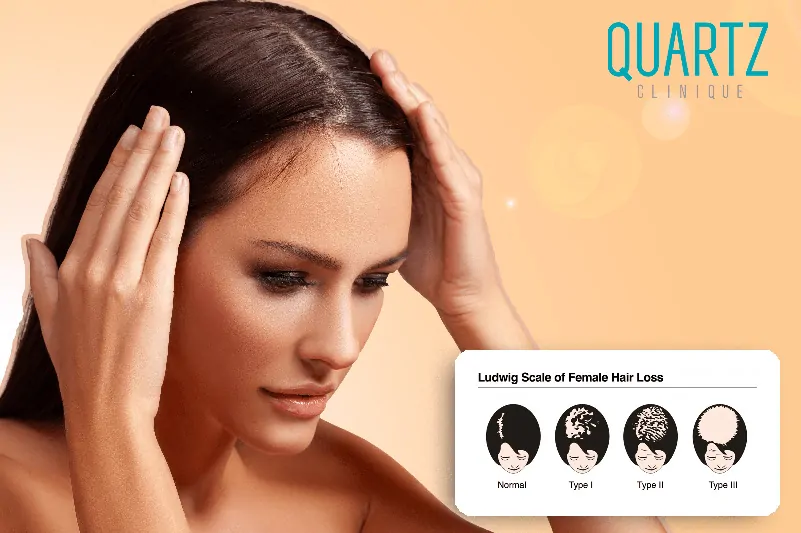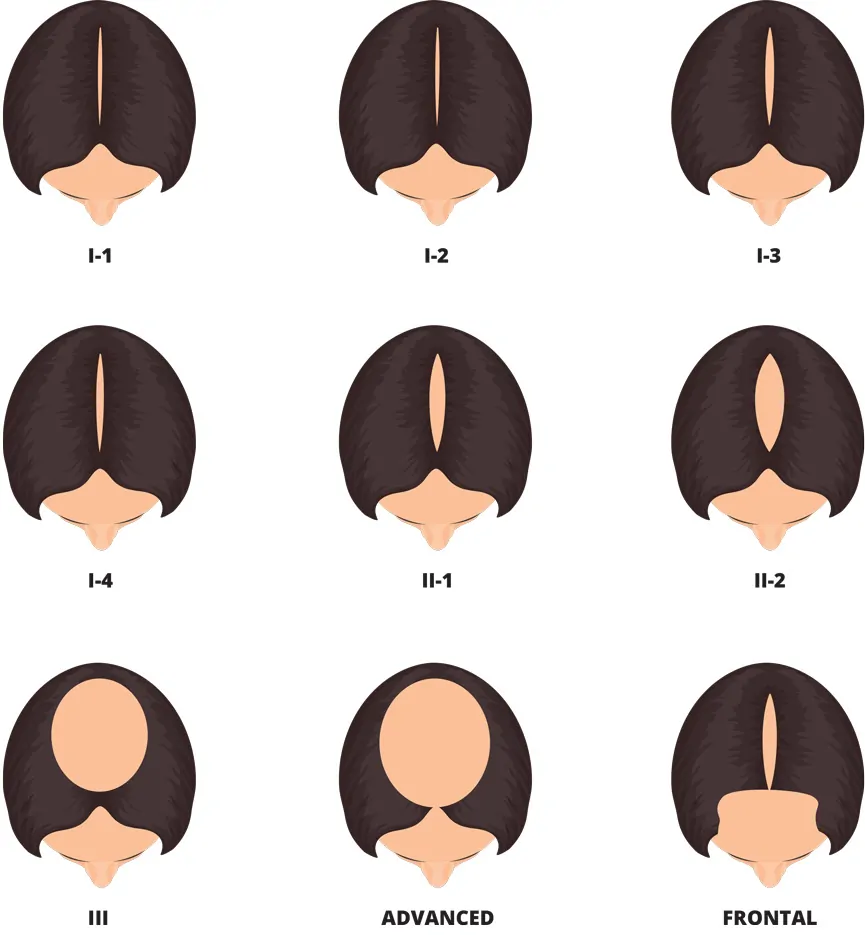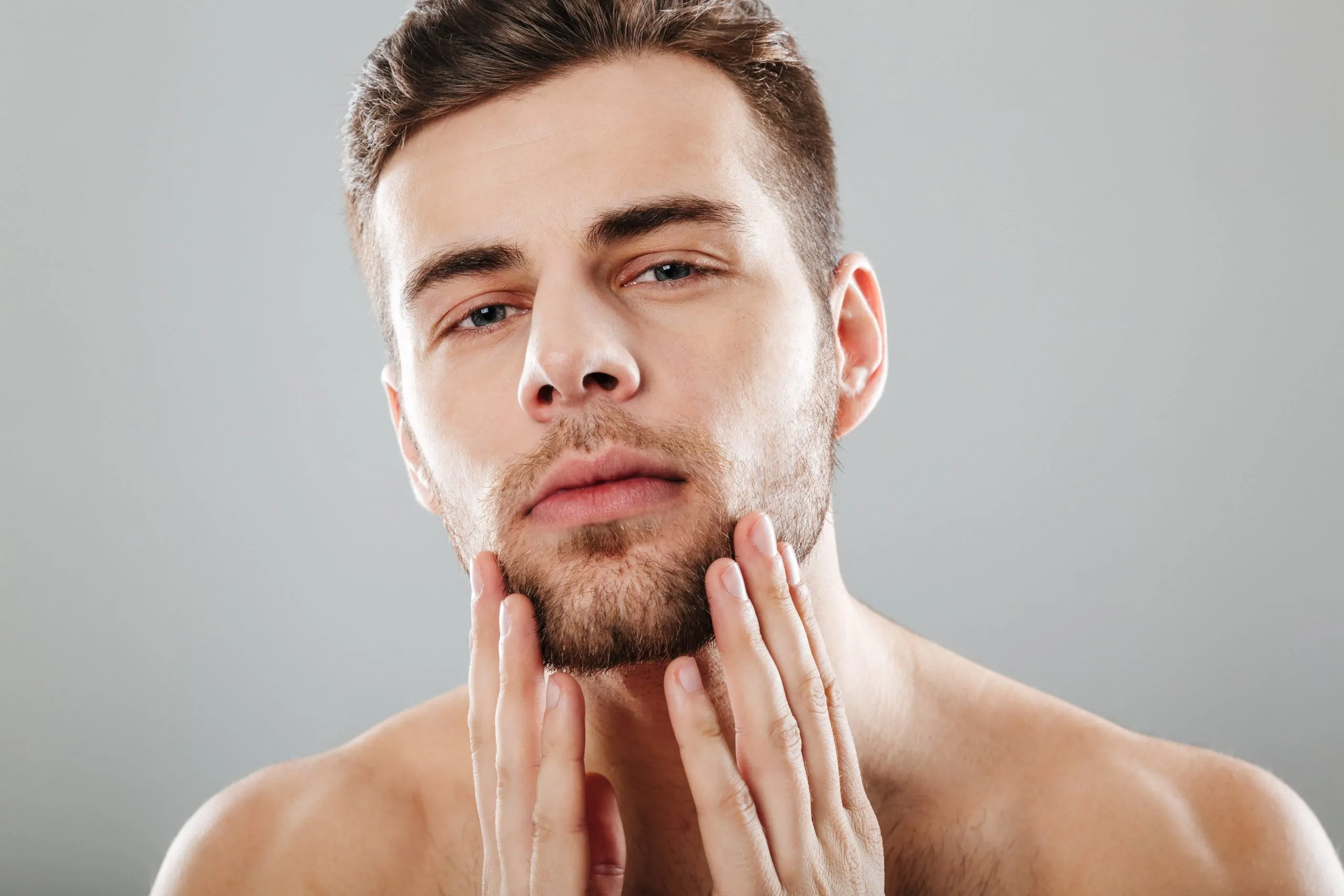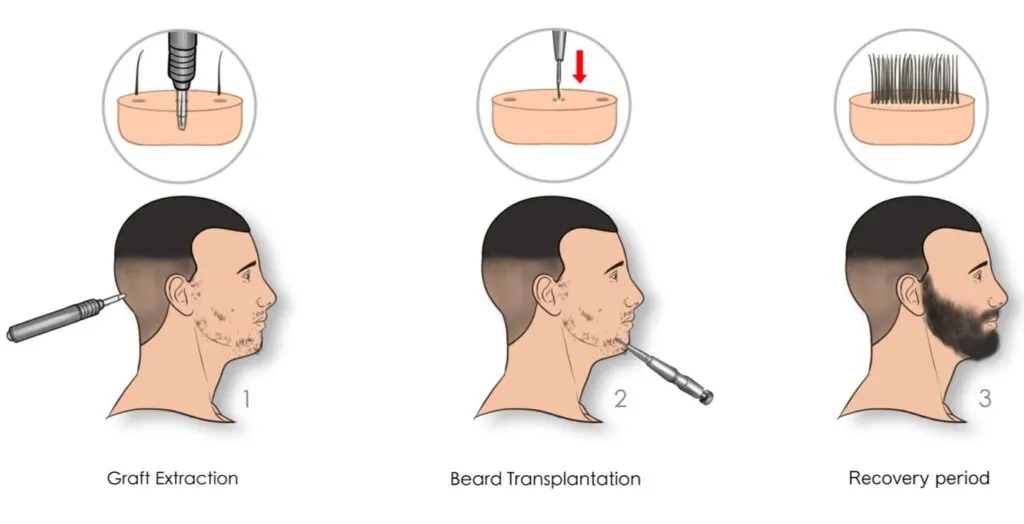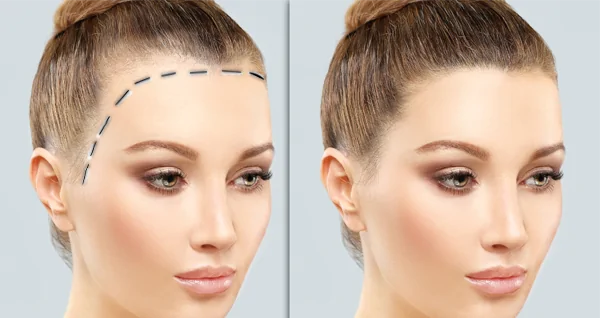
Forehead Reduction (Hairline Lowering)
Hairline lowering with hair transplantation is an effective aesthetic procedure applied to women who experience forehead widening due to genetic factors, hormonal changes, or hair loss. A high or receding hairline can disrupt facial harmony, alter the golden ratio, and negatively impact self-confidence. By advancing the hairline forward by 1–3 cm through hair transplantation, women achieve a more balanced, natural, and aesthetically pleasing appearance.
How Is Hairline Lowering with Hair Transplantation Performed in Women?
The procedure is performed using the FUE hair transplant technique. The donor area is typically the occipital (nape) region. Healthy hair follicles harvested from this area are implanted into micro-channels opened under local anesthesia, with careful attention to the natural growth direction of the hair.
Before the procedure, the hairline is meticulously designed based on the facial golden ratio, ensuring a personalized and natural outcome.
Cost of Hairline Lowering with Hair Transplantation in Women
The cost of female forehead reduction with hair transplantation depends on several factors:
- Degree of forehead height or hairline recession
- Number of grafts required
- Technique used (FUE/DHI)
- Experience of the surgeon
- Clinical infrastructure
Due to regulations by the Ministry of Health, exact prices cannot be shared online. For detailed information and an individualized quotation, patients should contact the clinic directly.
Suitable Candidates for Female Hairline Lowering
- Women with structurally wide foreheads
- Patients experiencing forehead recession due to genetic or hormonal factors
- Those with facial disproportions caused by a receding hairline
- Women who feel obliged to conceal a broad forehead with hairstyles
- Individuals experiencing self-esteem issues due to forehead disproportion
- Women aged 18 and above with no contraindications to minor surgery
How Is the Hairline Designed in Female Forehead Reduction?
The hairline is designed by considering the facial golden ratio (1/3 rule). Age and facial proportions are evaluated to create the most natural and harmonious hairline. Overly advanced or disproportionate hairlines may appear artificial; therefore, precise planning must be carried out by experienced surgeons.
Advantages of Hairline Lowering with Hair Transplantation in Women
- Provides a natural and proportionate forehead appearance
- Balances female facial features for a more aesthetic look
- Permanent results, as transplanted follicles are lifelong
- Short recovery period and rapid return to daily life
Hairline Lowering with Hair Transplantation – Key Features
| Procedure Feature | Details |
|---|---|
| Technique | FUE Hair Transplantation |
| Hairline Advancement | 1–3 cm forward |
| Anesthesia | Local Anesthesia (Painless) |
| Procedure Duration | Approximately 6–8 hours |
| Healing | Scabbing resolves within 10–15 days; new hair growth begins in 2–3 months |
| Permanent Result | Natural and permanent hair appearance within 1 year |
Frequently Asked Questions (FAQ)
Is the procedure painful?
No. It is performed under local anesthesia, and patients do not feel pain.
When will the new hair grow after the procedure?
Initial shedding (shock loss) occurs in the first 2–3 months. Permanent new hair begins to appear from the 6th month, with full results at 12 months.
Is shaving required?
No. In women, unshaven FUE is usually preferred. Only a small area in the donor region is trimmed.
Are the results permanent?
Yes. Transplanted follicles are resistant to hair loss and remain permanent for a lifetime.

